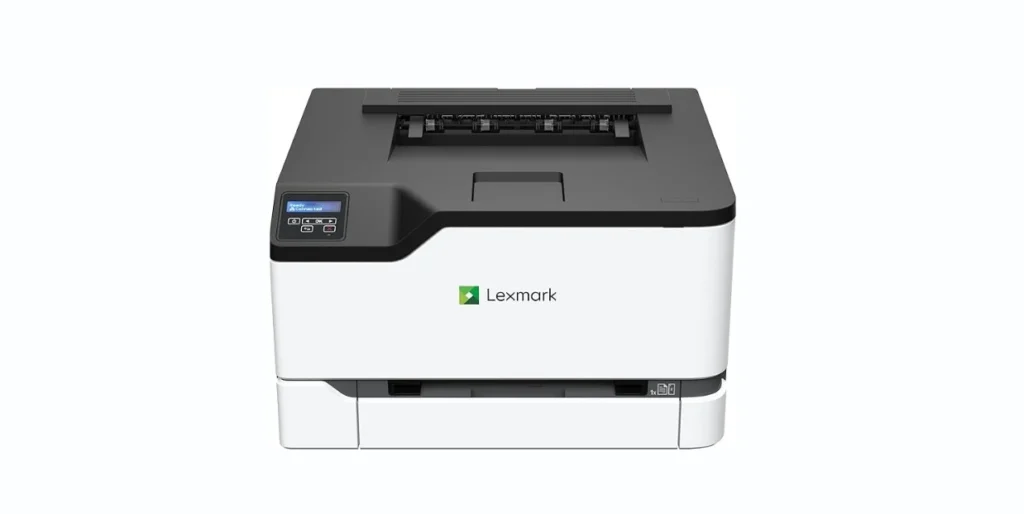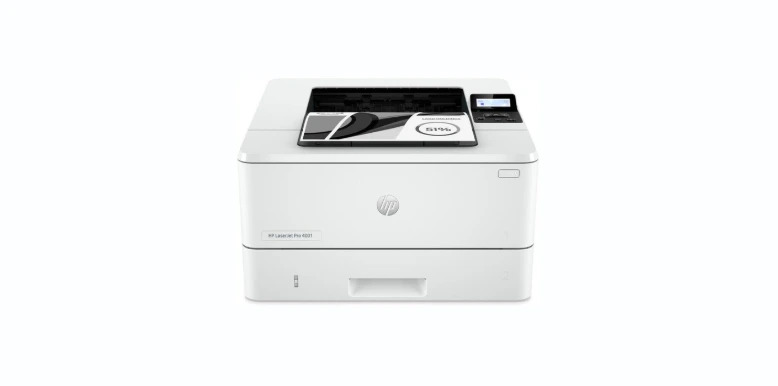Have you ever wondered what truly sets apart laser printers from LED printers? On the surface, they both seem like souped-up versions of inkjet printers, promising high-speed, high-quality prints. But the truth is, each type has its own unique charm and quirks. Join me on this friendly journey to uncover what makes these printers tick and help you decide which one might be the best fit for you.

Understanding the Basics
What Exactly is a Laser Printer?
Laser printers have been around for quite some time. They use a laser beam to project an image onto a drum, which is then coated with toner powder. The toner is subsequently transferred to paper and fused with heat, creating a permanent image. The process might sound a bit complex, but the result is a crisp, professional-looking print that many admire.
Laser printers are celebrated for their speed and precision. They are often favored in office environments where lots of printing is done daily. If you need to print many pages quickly and require high-quality output without bleeding colors, a laser printer might be your go-to option.
What About LED Printers?
LED printers use light-emitting diodes to project images onto a photosensitive drum instead of lasers. Despite this change in light source, the print process remains relatively similar to that of a laser printer. The big difference is that LED printers typically have fewer moving parts, which might surprise some.
LED printers are known for being reliable workhorses. Because they have less complexity in their design, there’s less chance of mechanical failure. This simplicity makes LED printers a favorite in environments where durability is key, offering consistent performance with minimal upkeep.
Breaking Down the Differences
It might feel a bit like comparing apples to, well, slightly different apples, but here’s a breakdown of how laser and LED printers differ:
| Feature | Laser Printers | LED Printers |
|---|---|---|
| Light Source | Laser beam | LED array |
| Moving Parts | Numerous components including rotating mirrors | Fewer moving parts |
| Print Quality | Excellent for detailed graphics and text | Very good, but varies by model |
| Speed | Generally very fast | Comparable to laser printers |
| Cost | Wider range; can be costlier | Typically more budget-friendly |
| Maintenance | Can be more maintenance-intensive | Usually less maintenance needed |
Diving Deeper into Technology
Light Source: Innovation in Printing
The primary technical difference lies in the light source used for imaging. While laser printers rely on rotating mirrors and lenses to direct laser beams, LED printers use an array of stationary LEDs. Imagine a chorus line of tiny lights all perfectly synchronized, and you start to get the picture.
The design simplicity of LED arrays means the machines are less complex. No moving parts mean fewer things to break, which is always a comforting thought when you’re in the middle of a big print job and on a deadline.
Printing Resolution: Pixel Perfection
Resolution in printers is measured in dots per inch (DPI). Both types can boast high resolutions, although laser printers usually edge ahead when it comes to reproducing intricate details. If your work demands pixel-perfect graphics, a laser printer might be the better option.
That said, modern LED printers have made significant strides in resolution and can compete quite effectively in terms of everyday document-quality needs. They deliver clear text and decent graphics, suitable for most office or casual home use.

Performance and Speed
Speed: A Race Against Time
Speed is where laser and LED printers shine, leaving traditional inkjets far behind. Laser printers can produce up to 40 pages per minute or more, rivaling the speed of a cheetah on a caffeine kick. LED printers are no slouch either, often matching the speed of their laser counterparts.
For high-volume print environments where every second counts, this speed is crucial. Both printers manage large print jobs effectively, so it often comes down to other factors when making a choice.
Warm-Up Time: Ready When You Are
Both laser and LED printers typically have a warm-up time as the units heat the fuser to bind the toner to paper. While LED printers might have the edge here due to their simple construction, the difference is usually negligible in everyday use.
Costs and Considerations
Initial Investment: The Cost of Entry
Budget is always a key consideration. Generally speaking, laser printers come with a higher price tag than LED printers. This cost often reflects the advanced technology and precision engineering inside. However, prices vary widely based on features, brand, and capacity.
LED printers are often more affordable, making them attractive for small businesses or personal use where cost-saving is a priority.
Operating Costs: The Long Haul
Operating costs can also make a significant impact over time. Toner costs are typically similar between the two printer types because they use closely related technology. However, the simplicity of LED printers can lead to savings on maintenance and repair costs.
Consumables such as toners, drums, and other replaceable units also need consideration. Laser printers, with their more intricate machinery, may have more parts to replace. LED printers can be friendlier to your wallet in this department, bearing fewer components that require changing.
Maintenance and Durability
Maintenance: Keep It Running Smoothly
Keeping your printer in top form depends on proper maintenance. Laser printers, with their many parts and complex calibration, can require more frequent upkeep. Regular cleaning and alignment can prevent print quality degradation and mechanical failures.
LED printers demand less attention. Their robust and simplistic construction generally means fewer service calls and less frequent tinkering. If you’re someone whose eyes glaze over at the sight of a user manual, an LED printer might win your heart.
Lifespan: Built to Last
The longevity of a printer can depend heavily on usage but also on build quality. Both laser and LED printers offer durability, but LED printers might outlast their laser cousins. The absence of moving parts reduces wear and tear, translating to potentially longer lives.
Environmental Considerations
Energy Efficiency: Greener Printing
Both types of printers operate with energy-saving features, such as sleep modes that conserve power when the printer is not in active use. However, LED printers can be slightly more energy-efficient due to their simpler operation.
Considering the environmental impact of your devices is more important than ever. LED printers, with their minimal moving parts and often lower heat generation, can offer an edge in a greener office setup.
Consumable Waste: Toner Wars
Reducing waste should be a part of every printer strategy. Both laser and LED printers rely on toner cartridges, which can lead to significant waste if not managed properly. Many companies now offer recycling programs to alleviate some of this impact.
While there’s no clear winner, staying mindful of how consumables are used and disposed of can make a big difference, both environmentally and economically.
Practical Applications
Who’s It For?
Laser printers are stars in office settings, especially those dealing with document-heavy tasks. Their capability to handle large volumes at high speeds makes them ideal for busy workgroups needing both quality and efficiency.
LED printers, meanwhile, find favor in situations requiring reliable performance without complex tasks. They are great for homes or small offices where straightforward, consistent printing is the primary need. They balance quality, speed, and cost-effectiveness beautifully.
Specialty Printing: Beyond Black and White
If you’re looking into specialty printing—like labels, envelopes, or high-quality photographic output—both printer types offer models tailored to these tasks. Each version has its specialized sibling designed for tasks that go beyond standard document printing.
Consider the type of media you’ll be printing on regularly and choose the printer that offers the best handling of those materials.
Conclusion: Making the Decision
In the end, the right choice between laser and LED printers hinges on specific needs and preferences. Budget, print volume, quality expectations, and intended use are key factors.
If you prioritize high-definition graphics, require frequent high-speed prints, and don’t shy away from a bit of gadget TLC, a laser printer might just be your match. On the other hand, if you’re drawn to durability, prefer simplicity, and have an eye on your budget, LED printers are hard to beat.
The world of printing technology offers options for every type of user, leaving the ultimate choice up to you and your unique requirements. Whatever you decide, here’s to many happy printing days ahead!


